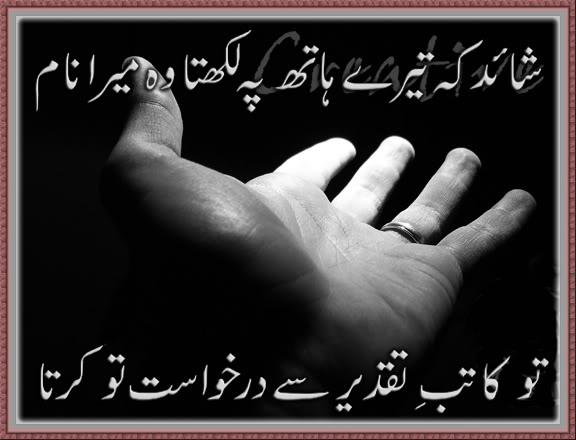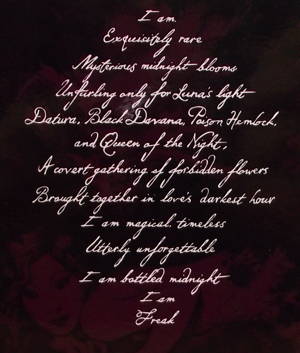Sad Poetry By Mohsin Biography
Source(google.com.pk)Mohsin Naqvi
Biography: Mohisn Naqvi was born in 5 May 1947 in Dera Ghazi Khan Punjab, Pakistan. His father name is Syed Chirag Hussain and his 6 siblings. Mohsin Naqvi graduated from Government College Bosan Road in Multan and get master degree from University of the Punjab, Lahore. Mohsin was shot at his residence in Lahore on 15 January 1996. in this page you will read and find Mohsin Naqvi biography and life history in Urdu and Hindi.
Biodata:
Name: Mohsin Naqvi
Personality: Poet
Born (Birthday): 5 May 1947
Birth Place: Dera Ghazi Khan, Punjab, Pakistan
Education: Graduated from Government College Bosan Road in Multan, get master degree from University of the Punjab, Lahore
Died: 15 Junuary 1996, Lahore
Biography:
Mohisn Naqvi 5 May 1947 ko Dera Ghazi Khan, Punjab, Pakistan mein peda howe. In ke walid ka naam Syed Chirag Hussain tha. In ke 6 bhai/behan hein. Government College Bosan Road Multan se inho ne graduation kiya aur es ke bad Masters ki degree Punjab University Lahore se li.
Mohsin MA Urdu ke final year mein they ke in ka pehla majmua “Band Qaba” shaya howa. Mohsin Naqvi Dera Ghazi Khan se taluq rakhte they.
Mohsin Naqvi dekhte he dekhte Radio, TV, Akhbarat her jagha mash-hor ho gae. Adbi halqon mein in ka naam mash-hor ho gaya aur 13 April 1994 mein Mohsin Naqvi ke fun aur shkhsiyat per Ziya Sajid ki murat-tab karda kitab “kai batein zarori reh gaein” Bhi chap gai hai.
Mohsin Naqvi jaded shayer they magar rewayat se bhi baher nahi nikalte aur es ki aehamyat wo jante hein.
Unho ne apne hum aser aur aur senior shayaron ka acha mutala kiya tha. 1970 ke qareeb unho ne aehum Urdu kar liya tha.
Ek interview mein Mohsin Naqvi ne kaha tha ke main “Mir Ghalib, Anis se rawaeti shaour ka sahara lekar Allama Iqbal, Josh, Faiz Ahmed Faiz, Faraq aur Qasmi sahib tak estafada karta hon unhein musalsal parhta hon aur in se mutasir howe begher reh nahi sakta”.
PPP ke Liye Mohsin Naqvi ka Aehum Kirdar:
Majmoey ke shaya hone ke bad Multan ke adbi halqon mein mash-hor ho gae. Es doran in ka taluq PP se qaem howa. Multan division mein PP ki PSF ko mazbot karne mein aehum kirdar ada kiya. Party ke liye lathiyan khain, Jail gae aur mufti Mehmood ke muqable mein Bhutto ne party ticket bhi diya lekin election multawi ho gae. Glukar Ghulam Ali ne Mohsin ki ghazal “Ye dil ye pagal dil mera” ga kar inhein pore Pakistan mein mash-hor kar diya ab her mushaere mein “Awargi” ken are buland hone lage.
Mohsin Naqvi ki Shayari ke Majmuy ( List of Mohsin Naqvi Poetry):
Mohsin Naqvi ke 7 shayari majmuy dekhte he dekhte chap gae.
1. Band-e-Qaba
2. Barg-e-Sehra
3. Moj-e-Idrak
4. Rawa-e-Shab
5. Reza-e-Harf
6. Azab-e-Deed
7. Talu-e-Ashk
Awards:
Tamgha husn kar kardagi ke elawa unho ne film saz Sirdar Bhatti ki farmaesh per film “Bazar-e-Husn” ke liye aik geet “Lehron ki tarha tujhe bikharne nahi denge”.
Inhein national film award bhi mil gaya.
Aur es tarha Mohsin ka shumar bare geet nigaron mein hone laga film Dhadkan ke liye bhi Mohsin Naqvi ne geet terer kiye. Magar woh kehte they ke sanjida shayari ke liye filmi geet likhna ksi bhi tarha mozo nahi.
Archive for the ‘Mohsin Naqvi Poetry’ Category
Enjoy the best collection of mohsin naqvi poetry and romantic shayari in urdu. Mohsin naqvi is a popular poet and have written on every aspect of life.
Dilon Ke Zakhm Bi Mohsin
February 2nd, 2014
mohsin-poetry
Siah Raat Mai Jalte Hain Jugnu Ki Tarah
Dilon Ke Zakhm Bi Mohsin Kmal Hote Hain
33 7
4 47
Posted in 2 line Poetry, Mohsin Naqvi Poetry | No Comments »
Mitane Ka Irada Tha
December 21st, 2013
urdu-ghazal
Mera Tu Ranjishain Sari Mitane Ka Irada Tha
Gale Us Shakhs Ko Phir Se Lgane Ka Irada Tha
Chlo Acha Hoa Us Ne Muje Sahal Se Hi Lota Dya
Warna Mera Tu Sari Kashtyan Jilane Ka Irada Tha
Mcha Deti Hai Halchal Khaylon Main Teri Yaadain
Warna Tuje Is Dil Se Bhulane Ka Irada Tha
Bari Minnat Smjat Se Wo Mana Hai
Jise Do Char Lafzon Mai Mnane Ka Irada Tha
Agar Wera Shakhon Pe Prindon Ke Ghar No Hote Mohsin
Tu Ab Sokhe Darkhton Ko Jilane Ka Irada Tha
56 1
4 69
Posted in Mohsin Naqvi Poetry, Urdu Ghazal Shayari | No Comments »
Qayamat Hai December
December 18th, 2013
december-mohsin-poetry
Thehrti Hui Shab-e-Syah Aur Wo Bi Taweel Tar
Mohsin Hijr Ke Maron Par Qayamat Hai December
102 2
3 122
Posted in December Poetry, Mohsin Naqvi Poetry | 1 Comment »
Tu Bewafa Hai Mohsin
December 2nd, 2013
mohsin-naqvi-poetry
Hmain Tu Kab Se Pta Hai K Tu Bewafa Hai Mohsin
Tuje Chaha Is Liye Shayad Teri Fitrat Badal Jaye
145 7
9 185
Posted in Bewafa Shayari, Mohsin Naqvi Poetry | No Comments »
Mar Jaon Ga Mohsin
November 30th, 2013
mohsin-naqvi-urdu-poetry
Kehta Tha Ke Tu Na Mila Tu Mar Jaon Ga Mohsin
Wo Aaj Bi Zinda Hai Yehi Baat Kisi Aur Ko Kehne Ke Liye
226 8
7 270
Posted in 2 line Poetry, Dard Shayari, Mohsin Naqvi Poetry | 1 Comment »
Main Tere Milne Ko
November 3rd, 2013
Mohsin-naqvi-poetry-sms
Main Tere Milne Ko Mojza Keh Raha Tha Lekin
Tere Bicharne Ka Saniha Bi Kamal Guzra
241 12
7 293
Posted in 2 line Poetry, Judai Shayari, Mohsin Naqvi Poetry | 1 Comment »
Aadat Ho Mohsin
November 1st, 2013
urdu-poetry-shayari-mohsin
Jis Ko Tufan Se Uljane Ki Aadat Ho Mohsin
Aesi Kashti Ko Smandar Bi Dua Deta Hai
130 4
4 146
Posted in Dua Poetry Images in Urdu, Mohsin Naqvi Poetry | No Comments »
Teri Pehli Nazar
October 31st, 2013
Urdu sad poetry
Ik Baar Aur Dekh Kar Azad Kar De Muje Mohsin
K Main Aaj Bi Teri Pehli Nazar Ki Qaid Main Hon
Sad Poetry By Mohsin Sad Poetry In Urdu For Girls Pics In English For Boys SMS Images Punjabi Wallpapers For Boys In Urdu

Sad Poetry By Mohsin Sad Poetry In Urdu For Girls Pics In English For Boys SMS Images Punjabi Wallpapers For Boys In Urdu

Sad Poetry By Mohsin Sad Poetry In Urdu For Girls Pics In English For Boys SMS Images Punjabi Wallpapers For Boys In Urdu
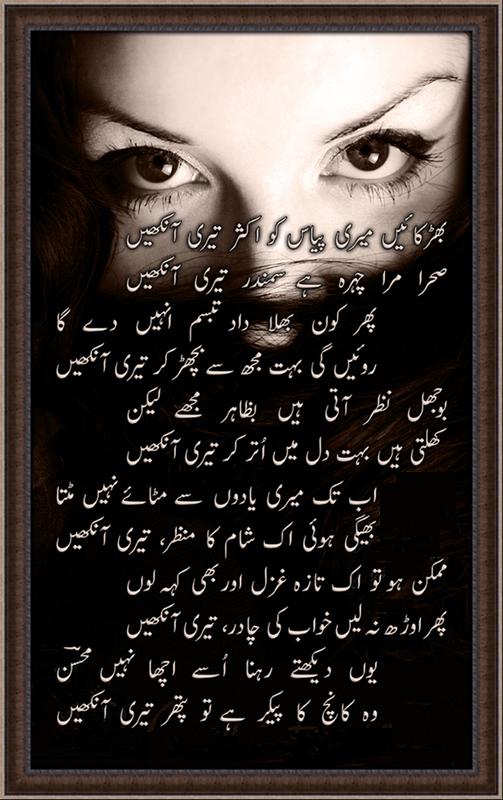
Sad Poetry By Mohsin Sad Poetry In Urdu For Girls Pics In English For Boys SMS Images Punjabi Wallpapers For Boys In Urdu
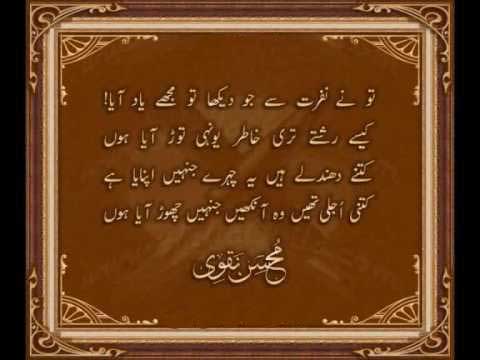
Sad Poetry By Mohsin Sad Poetry In Urdu For Girls Pics In English For Boys SMS Images Punjabi Wallpapers For Boys In Urdu


Sad Poetry By Mohsin Sad Poetry In Urdu For Girls Pics In English For Boys SMS Images Punjabi Wallpapers For Boys In Urdu

Sad Poetry By Mohsin Sad Poetry In Urdu For Girls Pics In English For Boys SMS Images Punjabi Wallpapers For Boys In Urdu

Sad Poetry By Mohsin Sad Poetry In Urdu For Girls Pics In English For Boys SMS Images Punjabi Wallpapers For Boys In Urdu

Sad Poetry By Mohsin Sad Poetry In Urdu For Girls Pics In English For Boys SMS Images Punjabi Wallpapers For Boys In Urdu
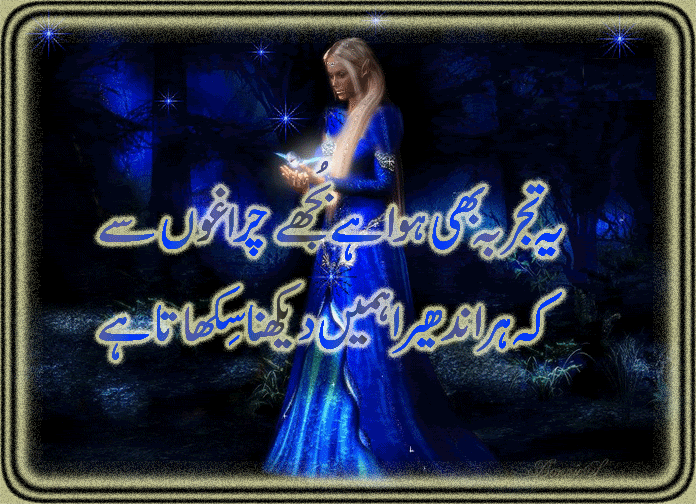
Sad Poetry By Mohsin Sad Poetry In Urdu For Girls Pics In English For Boys SMS Images Punjabi Wallpapers For Boys In Urdu

Sad Poetry By Mohsin Sad Poetry In Urdu For Girls Pics In English For Boys SMS Images Punjabi Wallpapers For Boys In Urdu









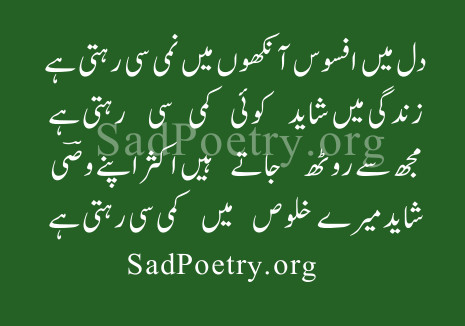

.jpg)






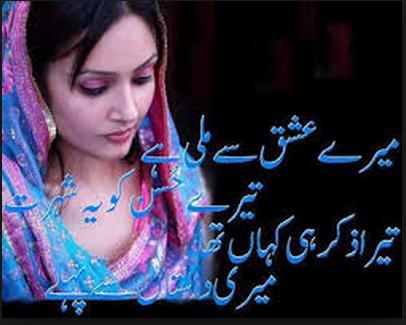
.jpg)


.jpg)




